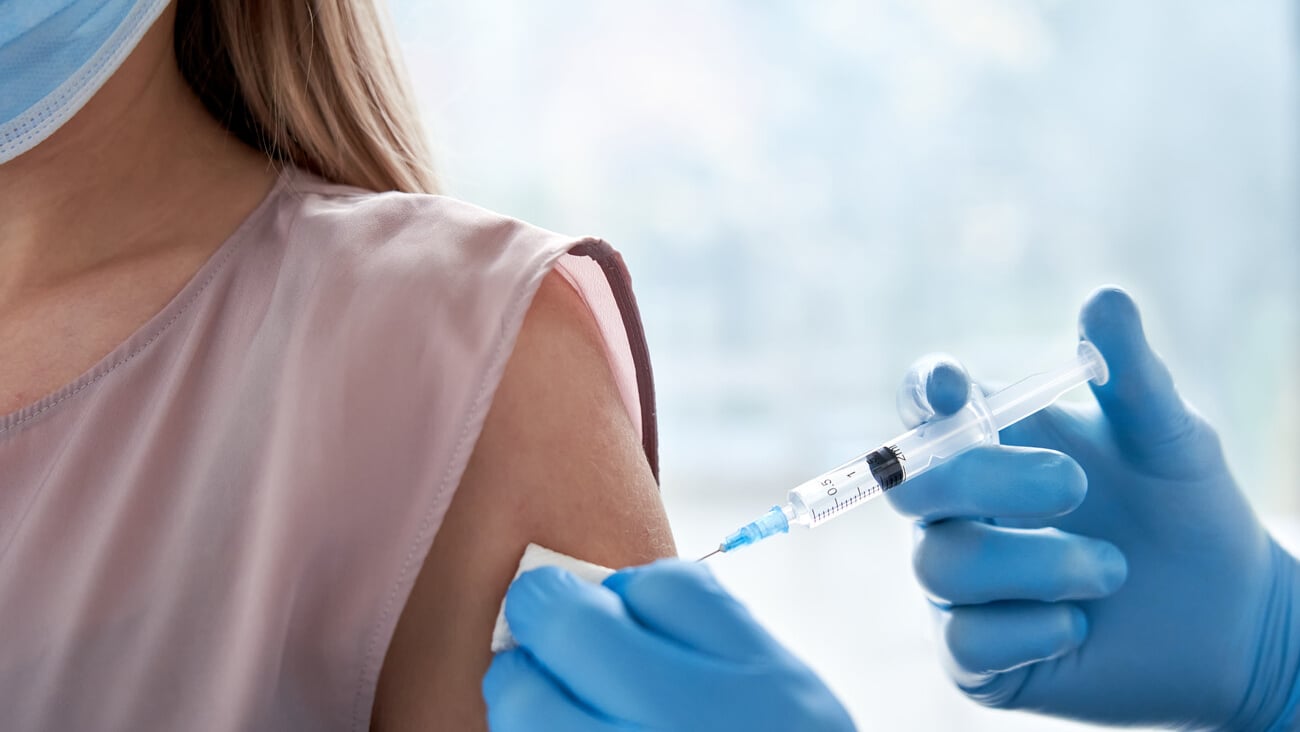Improving COVID-19 vaccination uptake
Vaccines greatly impacted the trajectory of the pandemic, but it’s clear that the perceived value of vaccination we saw during that time has rapidly declined.
COVID-19 is still the leading respiratory infectious disease responsible for hospitalizations and deaths as of June 2024, despite no longer being the public health emergency it once was.
Looking back at fall 2023 vaccination rates, only 22% of eligible adults and 14% of children were vaccinated despite the fact that at its peak in the 2023/2024 season, there were up to 2,500 deaths and 30,000 people hospitalized due to COVID-19 each week.
This jarring figure begs the question: what is hindering higher vaccination rates? In the face of low levels of public acceptance of vaccination, we must take examine key barriers to uptake.
Align approval timelines
As of March 2024, uptake of the 2023/2024 influenza vaccine far outpaced that of the updated COVID-19 vaccine for adults and yet, COVID-19 hospitalizations were significantly higher than influenza. Last year, COVID-19 vaccines were not available until approximately nearly two months after influenza vaccines. However, this year, regulatory and public health agencies have proposed steps that would help make both vaccines available at the same time. These changes in the approval process and recommendations should help to simplify the manufacturing and distribution of vaccines.
Engage providers and integrate vaccine delivery
According to the U.S. Centers for Disease Control, there are key differences in where and by whom patients receive COVID-19 vaccines and influenza vaccines. For example, pharmacies have administered nearly every adult dose (92.7%) of the updated COVID-19 vaccine, whereas the administration of last year’s flu vaccine is more evenly split between pharmacies (59.5%) and medical offices (40.5%). This large margin underscores the need to engage more healthcare providers beyond the pharmacy to take a more active role in COVID-9 vaccine administration.
Mobilize community partners
While vaccine uptake has decreased, this decline is most pronounced among minority communities and high-risk populations. For example, 10% fewer Hispanic Americans received the updated COVID-19 vaccine than non-Hispanic White Americans as of April 2024. To reach these important populations, we need to engage and mobilize trusted messengers from civic groups and other community-based organizations who can help increase awareness.
Simplify the message
Achieving broad vaccine uptake depends on clear and compelling narratives about how vaccines protect individuals. Healthcare providers should recommend COVID-19 vaccination to their patients and reinforce the importance of getting the most recent vaccine. This approach is known to be time efficient and empirically proven to raise acceptance by patients. Patients will have questions, so it is important for healthcare providers to listen and respond to patient questions.
Improving health outcomes for all
The heavy disease burden COVID-19 continues to bring each year warrants a sense of urgency that has seemingly receded for the majority of Americans. All of these interventions have the potential to overcome this complacency and avert the surge in hospitalizations and deaths we witnessed last fall and winter. But we shouldn’t wait until the next surge. COVID-19 is here to stay—but its impact depends on how we respond.
James A. Mansi is vice president of medical affairs, North America, at Moderna.





